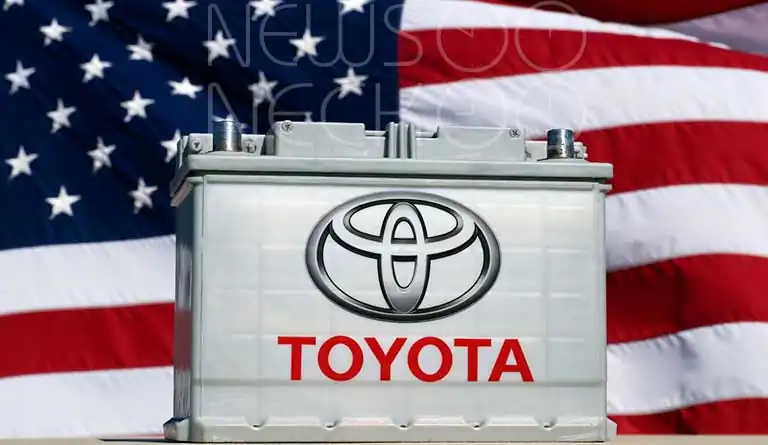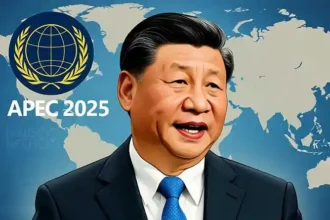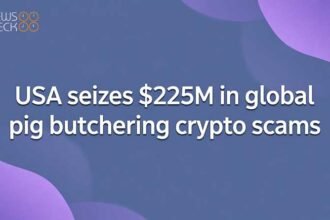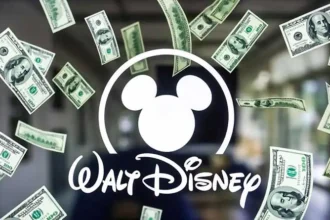Toyota’s $24 Billion American Gamble: What the World’s Biggest Automaker Just Revealed
In a move that signals where the future of American manufacturing is headed, Toyota just made an announcement that will reverberate through factory floors, political offices, and boardrooms across the nation. And the timing could not be more interesting.
A Wednesday That Changed the Game
On Wednesday morning, Toyota Motor the Japanese automotive giant that has become as American as apple pie in many communities announced two major pieces of news that together represent one of the largest manufacturing commitments any foreign company has made to the United States in recent years.
First, the company revealed that its massive new battery plant in North Carolina has officially begun production. This is not just any facility. This thirteen point nine billion dollar complex represents Toyota’s first battery manufacturing plant built outside of Japan, marking a historic shift in how the company thinks about where it makes the components that will power tomorrow’s vehicles.
Second, and perhaps even more significantly, Toyota confirmed it plans to invest up to ten billion dollars more than previously expected over the next five years in the United States. Combined with the North Carolina battery plant, that brings Toyota’s total recent American investment to nearly twenty-four billion dollars a sum large enough to make even the most jaded economic development official sit up and take notice.
Why North Carolina, and Why Now?
The North Carolina battery plant story actually begins several years ago, back in December of two thousand twenty-one. That was when the facility was first announced during the Biden administration’s aggressive push to bring battery manufacturing back to American soil. The goal was clear: stop depending on foreign nations for the batteries that power hybrid and all-electric vehicles, and instead build that capability right here at home.
At the time, the automotive world was caught up in electric vehicle fever. Analysts predicted that pure electric vehicles would rapidly replace traditional gasoline-powered cars. Companies raced to announce ambitious electric vehicle production targets. Billions of dollars flowed toward battery technology.
But something unexpected happened on the way to that electric future.
The Market Took a Different Turn
Since those heady days of two thousand twenty-one, market conditions for electric vehicles have, to put it bluntly, soured. Sales have not met the optimistic projections. Many consumers remain hesitant about going fully electric, worried about driving range, charging infrastructure, and the higher purchase prices compared to traditional vehicles.
Meanwhile, hybrid vehicles cars that combine a gasoline engine with an electric motor and battery have experienced explosive growth. These vehicles offer many of the fuel efficiency benefits of electric cars without the range anxiety or charging concerns that make some buyers nervous.
And here is where Toyota’s strategy looks increasingly brilliant: the company is the undisputed leader in hybrid vehicle sales in the United States, commanding more than fifty-one percent of the entire hybrid market through the third quarter of this year, according to data from Motor Intelligence, a firm that tracks automotive sales.
So while some competitors bet heavily on pure electric vehicles and now find themselves with excess capacity and softening demand, Toyota finds itself perfectly positioned with a product hybrid vehicles that American consumers actually want to buy right now. And that new battery plant in North Carolina? It can produce batteries for hybrids just as easily as for pure electric vehicles.
The Trump Factor
The timing of Wednesday’s announcement carries political overtones that are impossible to ignore. Just last month, President Donald Trump publicly stated that Toyota would invest ten billion dollars in the United States. Now Toyota has confirmed exactly that figure as new investment beyond what was already known.
Whether this was coordination between the company and the White House, or whether Toyota was simply making public something already planned, remains unclear. Toyota did not release detailed information about exactly how the ten billion dollars will be spent or over what specific timeframe beyond saying “the next five years.”
Tetsuo Ogawa, who serves as chief executive officer of Toyota Motor North America, called the combination of the new battery plant and increased investment a “pivotal moment” in the company’s long history. Those are not words executives use lightly, especially at a company as traditionally cautious and deliberate as Toyota.
Navigating Treacherous Waters
Toyota’s announcements come as the entire automotive industry attempts to navigate extraordinarily complex and rapidly changing conditions. Regulatory requirements affecting electric vehicles keep shifting. The Trump administration has implemented what President Trump himself has called a “litany of tariffs” on imported vehicles and automotive parts, creating uncertainty about supply chains and production costs.
For automakers with global operations like Toyota, every decision about where to build vehicles and components carries enormous financial implications. Tariffs can turn a profitable model into a money-loser overnight. Regulatory changes can suddenly make certain vehicle types more or less attractive to produce.
Despite this challenging environment, Toyota’s U.S. sales performance through the third quarter of this year tells a story of success. The company sold more than one point three million vehicles, representing growth of nine point nine percent compared to the same period last year. In an industry where even modest growth is celebrated, double-digit percentage increases are remarkable.
What This Means for American Workers
Beyond the corporate strategy and political maneuvering, Toyota’s investment has concrete implications for American communities. The North Carolina battery plant alone represents thousands of manufacturing jobs in a state that has worked hard to diversify its economy beyond traditional tobacco and textile industries.
Battery manufacturing requires skilled workers technicians who understand complex chemical processes, engineers who can troubleshoot sophisticated equipment, and quality control specialists who ensure every battery meets exacting standards. These are generally well-paying positions that support families and strengthen communities.
The additional ten billion dollars in investment over the next five years will likely translate into more factories, more jobs, and more economic activity spread across multiple states where Toyota already maintains a significant presence.
Reading the Tea Leaves
Toyota’s actions suggest the company believes the future of the American automotive market, at least for the next several years, involves a mix of technologies rather than a sudden wholesale shift to pure electric vehicles. By building battery manufacturing capacity in the United States, Toyota positions itself to respond flexibly as consumer preferences and regulatory requirements evolve.
The company can produce batteries for hybrids, plug-in hybrids, or pure electric vehicles depending on what the market demands. This flexibility, combined with Toyota’s reputation for manufacturing quality and reliability, creates a formidable competitive advantage.
As the automotive industry continues its transformation, Toyota’s twenty-four billion dollar bet on American manufacturing will serve as an important test case. Can companies successfully bring advanced battery production to the United States? Can they navigate the political and regulatory complexity while still turning a profit? Can they find enough skilled workers to staff these high-tech facilities?
The answers to these questions will shape not just Toyota’s future, but the future of manufacturing across America. And that makes Wednesday’s announcement worth watching very carefully indeed.
For More Visit: NewsNeck













